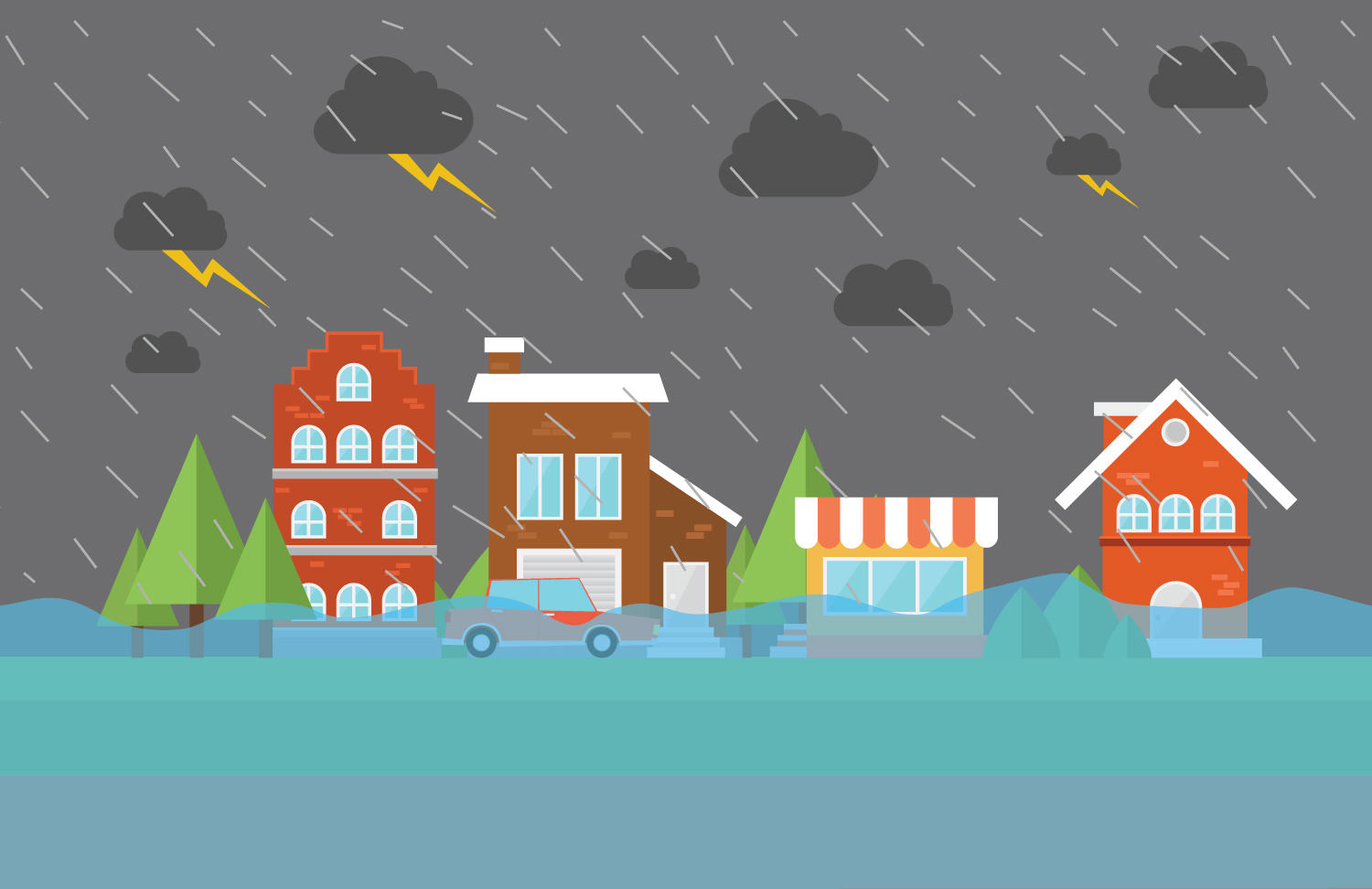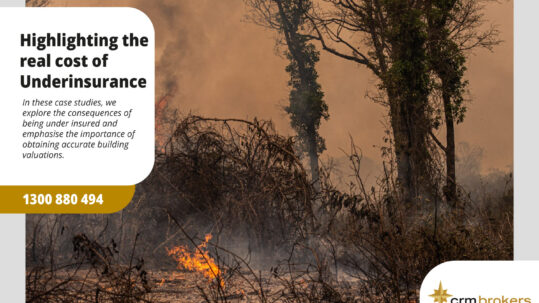
28 Nov Prepare your site for flood with an Emergency Response Plan
The following article provided by Insurance Australia Limited (IAL), provides insight into risk mitigation through an Emergency Response Plan and has been republished with their permission.
Prepare your site for flood with an Emergency Response Plan
Over the years Australia has experienced many extreme weather events, from fire and floods to hail and storms. While severe weather events and the potential impacts they cause are equally destructive, floods are one of the costliest natural perils in the country.
But by creating a flood emergency response plan – in addition to a Business Continuity Plan (BCP) – you can significantly reduce the impact of flood on your people, property and business.
What is flood?
Based on the standard definition of flood in Australia from the Insurance Council of Australia, flood is defined as the covering of normally dry land by water that has escaped or been released from the normal confines of:
- any lake, or any river, creek or other natural watercourse, whether or not altered or modified; or
- any reservoir, canal, or dam.
From a risk perspective, flooding can also occur via:
- an accumulation of rain saturating a land area,
- a river’s flow rate exceeding capacity, or
- an occurrence of other related natural perils, such as cyclone or tsunami.
Like any natural weather event, floods can occur at any time and can happen suddenly with little or no warning.
What are the potential risks of flood?
When a significant quantity of water enters a building, it not only damages the building and furnishings, but also causes staining, rusting, loss of shape, mould infestation and minor to severe equipment malfunction.
Flood water can contain many contaminants including mud and debris. A deeper flood may cause more extensive damage, including damage to items such as ducts, heating and air-conditioning units, roofing, water treatment facilities, fire sprinkler systems, gas and electricity supplies and building foundations.
Although these potential risks can’t be controlled completely, they can be avoided with the appropriate preparation to help reduce the immediate impact, likely physical damage, and interruption to people and business operations.
How to create a flood emergency response plan
One crucial way to help mitigate the effects of a flood can be a flood emergency response plan. This guide provides details of actions that can be taken, before, during and after a flood incident that should be considered in conjunction with any existing BCPs.
A flood emergency response plan is a detailed strategy of how you will manage flood risks before, during and after the event.
Being an essential component of your overall risk management program, your flood emergency response plan will:
- define the roles and responsibilities of your employees,
- detail what actions and communication procedures to be followed in the event of an emergency,
- reduce the occurrence of personal injury, property damage and potential losses associated with business interruption,
- reduce the impact to customers and your supply chain and preserve your reputation.
To establish the most effective way of protecting the business from consequences associated with flooding, the following risks should be evaluated:
- the property as a whole,
- the buildings,
- the equipment,
- the inventory and all other contents.
Considerations to be mindful of when planning
If a flood happens, having a flood emergency response plan and BCP in place can be a proactive way to assist with the rapid recovery of your business.
Below is a list of considerations to be mindful of when developing your risk strategies and can be beneficial to include in your plans:
- A list of your key customers and suppliers,
- A list of emergency contractors that can assist in repairs and clean up after a flood event,
- An inventory of emergency preparedness kits, including Personal Protective Equipment (PPE), clean up equipment, pumping equipment, forklifts, drying equipment and emergency first aid kits,
- An understanding of the damage to stock within your operations, including contamination to raw foods or products and how this may affect business interruption.
With so much at stake, it’s good practice to implement and regularly review your plans to ultimately help identify possible hazards and reduce the risks to your business and keep your property and people safe.
This article was originally published by Insurance Australia Limited (IAL) on its website as Prepare your site for flood with an Emergency Response Plan (https://www.iagriskpartners.com.au/flood-erp)
Important Notice
This article provides information rather than financial product or other advice. The content of this article, including any information contained in it, has been prepared without taking into account your objectives, financial situation or needs. You should consider the appropriateness of the information, taking these matters into account, before you act on any information. In particular, you should review the Product Disclosure Statement (‘PDS’), Target Market Determination (‘TMD’) and Financial Services Guide (‘FSG’), which can be obtained by contacting CRM Brokers or downloading it from the agency’s website before deciding to acquire, or to continue to hold, this product.
Information is current as at the date the article is written as specified within it but is subject to change. CRM Brokers make no representation as to the accuracy or completeness of the information. Various third parties have contributed to the production of this content. All information is subject to copyright and may not be reproduced without the prior written consent of CRM Brokers.
Strata Insurance Insights: The Real Cost of Underinsurance
Simply put, underinsurance occurs when the sums insured are not sufficient to co...
11 April, 2024Strata Insurance Insights: Building Valuations
While securing appropriate insurance coverage is fundamental for strata property...
14 March, 2024The Alarming Rise of Business Email Compromise and the Vital Role of Cyber Insurance
In today’s rapidly evolving cyber threat landscape, cybercriminals are con...
27 February, 2024Navigating High-Risk Tenancies and Property Insurance
When it comes to insuring properties with commercial tenants, regardless of whet...
13 February, 2024





